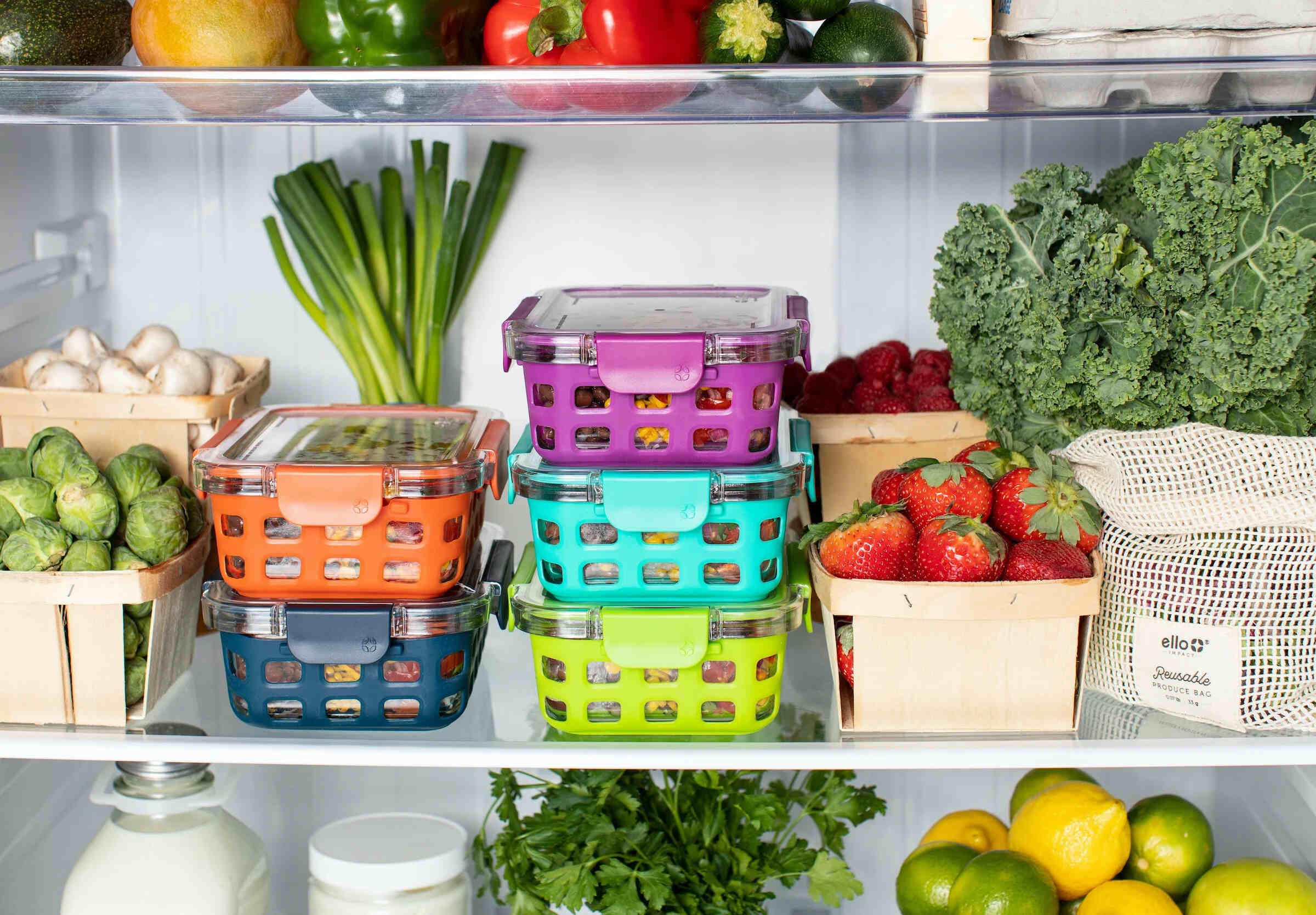

Articles
How To Store Fruits And Vegetables
Modified: January 18, 2024
Learn the best methods for storing fruits and vegetables with our informative articles. Discover how to keep your produce fresh and maximize its shelf life.
(Many of the links in this article redirect to a specific reviewed product. Your purchase of these products through affiliate links helps to generate commission for Storables.com, at no extra cost. Learn more)
Introduction
Properly storing fruits and vegetables is essential to maintain their quality, flavor, and nutritional value. Whether you have a surplus from your garden or want to stock up on fresh produce, knowing how to store them correctly can help extend their shelf life.
Improper storage can lead to premature spoilage, loss of flavor, and a waste of money. So, it’s important to understand the factors that affect fruit and vegetable storage and implement the right techniques to ensure their longevity.
In this article, we will explore the various factors affecting fruit and vegetable storage and provide practical tips on how to store different types of produce to help you keep them fresh for longer.
Key Takeaways:
- Proper storage of fruits and vegetables is crucial for maintaining their quality and nutritional value. Factors like temperature, humidity, and ethylene gas play a significant role in preserving produce freshness.
- Implementing proper storage techniques and tips can greatly extend the shelf life of fruits and vegetables, reducing waste and ensuring a fresh and nutritious supply of produce.
Read more: How To Store Fruit
Factors Affecting Fruit and Vegetable Storage
Several factors play a role in determining the storage life of fruits and vegetables. Understanding these factors can help you create optimal storage conditions and maximize the freshness of your produce. Here are the key factors to consider:
- Temperature: Temperature is one of the most critical factors in fruit and vegetable storage. Most fruits and vegetables have an optimal temperature range for storage, typically between 32°F (0°C) and 55°F (13°C). Temperature extremes can accelerate spoilage or cause chilling injury in sensitive fruits and vegetables.
- Humidity: Humidity levels affect the moisture content of fruits and vegetables, which can impact their texture and shelf life. Some produce, like leafy greens and herbs, prefer higher humidity levels, while others, like apples and potatoes, require lower humidity to prevent rotting.
- Light: Light exposure can cause certain fruits and vegetables to ripen or spoil more quickly. It’s best to store produce in a cool, dark place away from direct sunlight. However, some fruits, such as bananas, need exposure to light for optimal ripening.
- Ethylene Gas: Ethylene gas is a natural plant hormone produced by some fruits and vegetables. It can accelerate the ripening process and even cause spoilage of ethylene-sensitive produce. To prevent premature ripening, store ethylene producers (like apples and tomatoes) separately from ethylene-sensitive items (such as lettuce and broccoli).
- Air Circulation: Proper air circulation helps maintain a consistent environment and prevents the buildup of moisture, which can lead to mold and rot. Avoid overcrowding produce in storage containers or refrigerators to allow for adequate airflow.
By taking these factors into consideration, you can create an ideal storage environment for your fruits and vegetables, prolonging their shelf life and preserving their quality.
Proper Storage of Fruits and Vegetables
To ensure the longevity of your fruits and vegetables, follow these guidelines for proper storage:
- Separate: Some fruits and vegetables release ethylene gas, which can accelerate ripening and spoilage of other produce. To prevent this, store ethylene producers separately from ethylene-sensitive items. Keep fruits and vegetables like apples, bananas, and tomatoes away from leafy greens, broccoli, and cucumbers.
- Inspect: Before storing, carefully inspect your produce and remove any damaged or spoiled pieces. A single rotten fruit or vegetable can quickly spoil the rest.
- Remove Packaging: Remove any plastic bags or wrappings from your produce before storage. This allows for better air circulation and prevents excess moisture buildup.
- Wash When Ready: It’s best to delay washing your fruits and vegetables until you’re ready to use them. Washing them too soon can cause moisture buildup and accelerate spoilage.
- Use Crisper Drawers: Many refrigerators come with crisper drawers designed to control humidity levels. Utilize these drawers for storing your fruits and vegetables. Adjust the humidity settings as needed based on the produce you’re storing.
- Use Ventilated Containers: For items that don’t require refrigeration, use ventilated containers or baskets to store them. These containers allow for airflow and help prevent moisture buildup.
- Store in Cool, Dark Places: Some fruits and vegetables, such as potatoes and onions, prefer cool, dark spaces like a pantry or cellar. Keep them away from direct sunlight and areas with temperature fluctuations.
- Monitor Regularly: Keep an eye on your stored produce and check for any signs of spoilage. Remove any spoiling fruits or vegetables to prevent them from affecting others.
By following these storage guidelines, you can maintain the freshness and quality of your fruits and vegetables, reducing waste and ensuring you have a supply of fresh produce for longer periods.
Storing Common Fruits
Different fruits have varying storage requirements to maintain their flavor and texture. Here’s a guide on how to store some common fruits:
- Apples: Store apples in a cool place with high humidity, such as the crisper drawer of your refrigerator. Keep them separate from other fruits as they produce ethylene gas, which can cause premature ripening.
- Bananas: Keep bananas at room temperature until ripe. Once ripe, you can refrigerate them to slow down the ripening process. However, the skin may darken in the refrigerator, though the fruit inside will remain fresh.
- Citrus Fruits: Citrus fruits like oranges, lemons, and limes can be stored at room temperature for a week or two. For longer storage, place them in the refrigerator crisper drawer.
- Berries: Berries are delicate and highly perishable. Store them unwashed in the refrigerator and only wash them right before consuming to prolong their shelf life.
- Grapes: Grapes should be stored unwashed in a perforated plastic bag in the refrigerator. This helps maintain their moisture while preventing mold growth.
- Peaches and Plums: Store unripe peaches and plums at room temperature until they’re soft and juicy. Once ripe, refrigerate them to slow further ripening.
- Pears: Pears should be ripened at room temperature and then refrigerated to prolong their shelf life. Check them regularly as they can quickly become overripe.
Remember to store fruits in a well-ventilated area, away from direct sunlight and other ethylene-producing fruits or vegetables. By properly storing common fruits, you can enjoy them at their peak flavor and quality.
Store fruits and vegetables in separate drawers in the refrigerator to prevent them from ripening too quickly. Keep fruits in a perforated plastic bag to maintain humidity, and store vegetables in a high-humidity drawer.
Storing Common Vegetables
Proper storage of vegetables is crucial to preserve their taste, texture, and nutritional value. Here are some tips for storing common vegetables:
- Leafy Greens: Store leafy greens like lettuce, spinach, and kale in a perforated bag or wrapped in a damp paper towel in the refrigerator’s crisper drawer. Ensure they are dry before storage to prevent rot.
- Root Vegetables: Vegetables such as carrots, beets, and radishes can be stored in the refrigerator. Remove the leafy tops before storing to prevent moisture loss. Place them in a plastic bag or wrap them in a damp towel to maintain humidity.
- Onions and Garlic: Store onions and garlic in a cool, dark, and well-ventilated area. Avoid moisture and direct sunlight as it can cause sprouting and spoilage. Ensure they are in a dry, open basket or a mesh bag for proper airflow.
- Tomatoes: Tomatoes are best stored at room temperature until they reach desired ripeness. Once ripe, you can refrigerate them to prolong their freshness, but keep in mind that refrigeration can affect their texture.
- Broccoli and Cauliflower: Store these cruciferous vegetables in the refrigerator’s crisper drawer, wrapped in a damp paper towel or in a perforated plastic bag. Use them within a few days for the best quality.
- Cucumbers: Cucumbers can be stored at room temperature for a day or two. For longer storage, refrigerate them in the crisper drawer. Ensure they are separated from ethylene-producing fruits, as they are sensitive to ethylene gas.
- Peppers: Peppers can be stored in the refrigerator crisper drawer, preferably unwashed and in a plastic bag. For a longer shelf life, store them in a slightly humid environment.
Remember that each vegetable has its specific storage requirements. Keep them in the right conditions, and regularly check for any signs of spoilage or deterioration to consume them at their best.
Read more: How To Store Fruit To Avoid Fruit Flies
Tips for Prolonging Shelf Life
To extend the shelf life of your fruits and vegetables, consider implementing the following tips:
- Proper Storage Containers: Use appropriate storage containers for each type of produce. Opt for ventilated containers or perforated bags to allow for proper airflow and prevent moisture buildup.
- Separate Ethylene Producers: As mentioned earlier, some fruits and vegetables produce ethylene gas, which can accelerate spoilage. Separate ethylene producers from ethylene-sensitive items to prevent premature ripening and maintain freshness.
- Wrap Leafy Greens: To prevent wilting, wrap leafy greens like lettuce or spinach in a damp paper towel before storing them in the refrigerator.
- Monitor Temperature: Ensure your refrigerator is set to the optimal temperature for storing produce, typically between 32°F (0°C) and 55°F (13°C). Use a thermometer to periodically check and adjust as needed.
- Don’t Wash Before Storage: Avoid washing fruits and vegetables before storing them, as moisture can accelerate spoilage. Instead, wash them right before consumption.
- Use Fresh Produce First: Consume the freshest produce first and save items closer to their expiration dates for later use. This helps reduce waste and ensures you enjoy the best quality.
- Rotate Stock: Practice the “first in, first out” method when storing produce. Arrange your fruits and vegetables in a way that allows easy access to older items, helping prevent them from being forgotten and spoiling.
- Check Regularly: Regularly inspect stored produce for any signs of spoilage or mold. Remove any damaged or rotting pieces to prevent the spread of decay.
- Preserve and Freeze: If you have excess produce that you can’t consume before it spoils, consider preserving or freezing them for future use. Methods like canning, pickling, or blanching and freezing can help prolong their shelf life.
Implementing these tips can help you maximize the shelf life of your fruits and vegetables, reduce food waste, and maintain a fresh and nutritious supply of produce.
Conclusion
Properly storing fruits and vegetables is essential for maintaining their quality, flavor, and nutritional value. By understanding the factors that affect storage and following the appropriate techniques, you can prolong the shelf life of your produce and reduce food waste.
Factors such as temperature, humidity, light, ethylene gas, and air circulation play a significant role in fruit and vegetable storage. By controlling these factors, you can create an optimal storage environment that will help preserve the freshness of your produce.
When storing fruits, remember to separate ethylene producers from ethylene-sensitive items and check for any signs of spoilage regularly. Different fruits have different storage requirements, so it’s important to know the specific needs of each variety.
For vegetables, proper storage containers, maintaining the right temperature, and avoiding moisture buildup are key. Understanding the storage preferences of common vegetables will help you prolong their shelf life and maintain their quality.
Additionally, following general tips like using fresh produce first, rotating stock, and preserving excess produce can help minimize waste and maximize the usage of your fruits and vegetables.
By implementing these storage techniques and tips, you can greatly extend the freshness and shelf life of your fruits and vegetables, ensuring that you always have access to nutritious and delicious produce.
Frequently Asked Questions about How To Store Fruits And Vegetables
Was this page helpful?
At Storables.com, we guarantee accurate and reliable information. Our content, validated by Expert Board Contributors, is crafted following stringent Editorial Policies. We're committed to providing you with well-researched, expert-backed insights for all your informational needs.
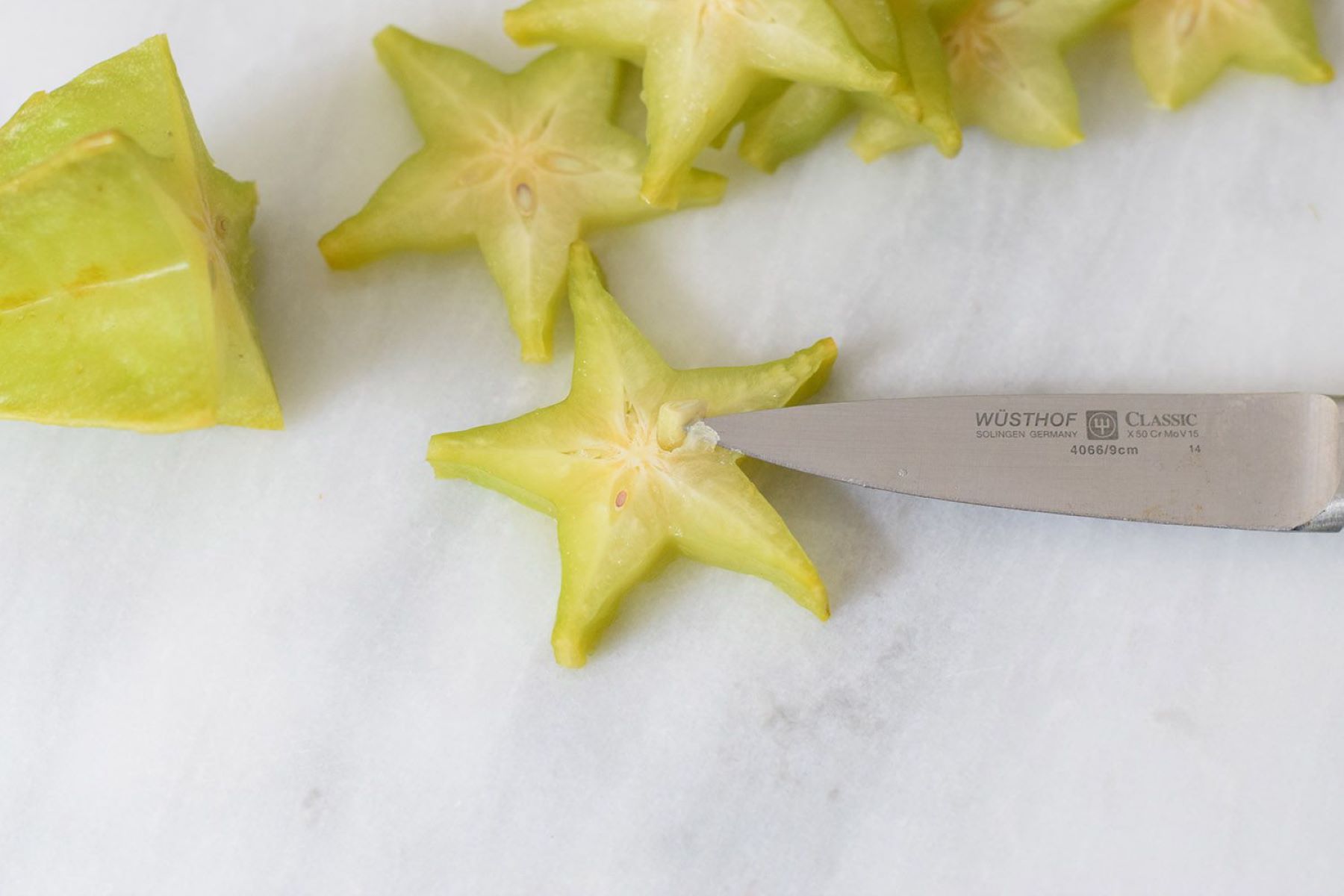
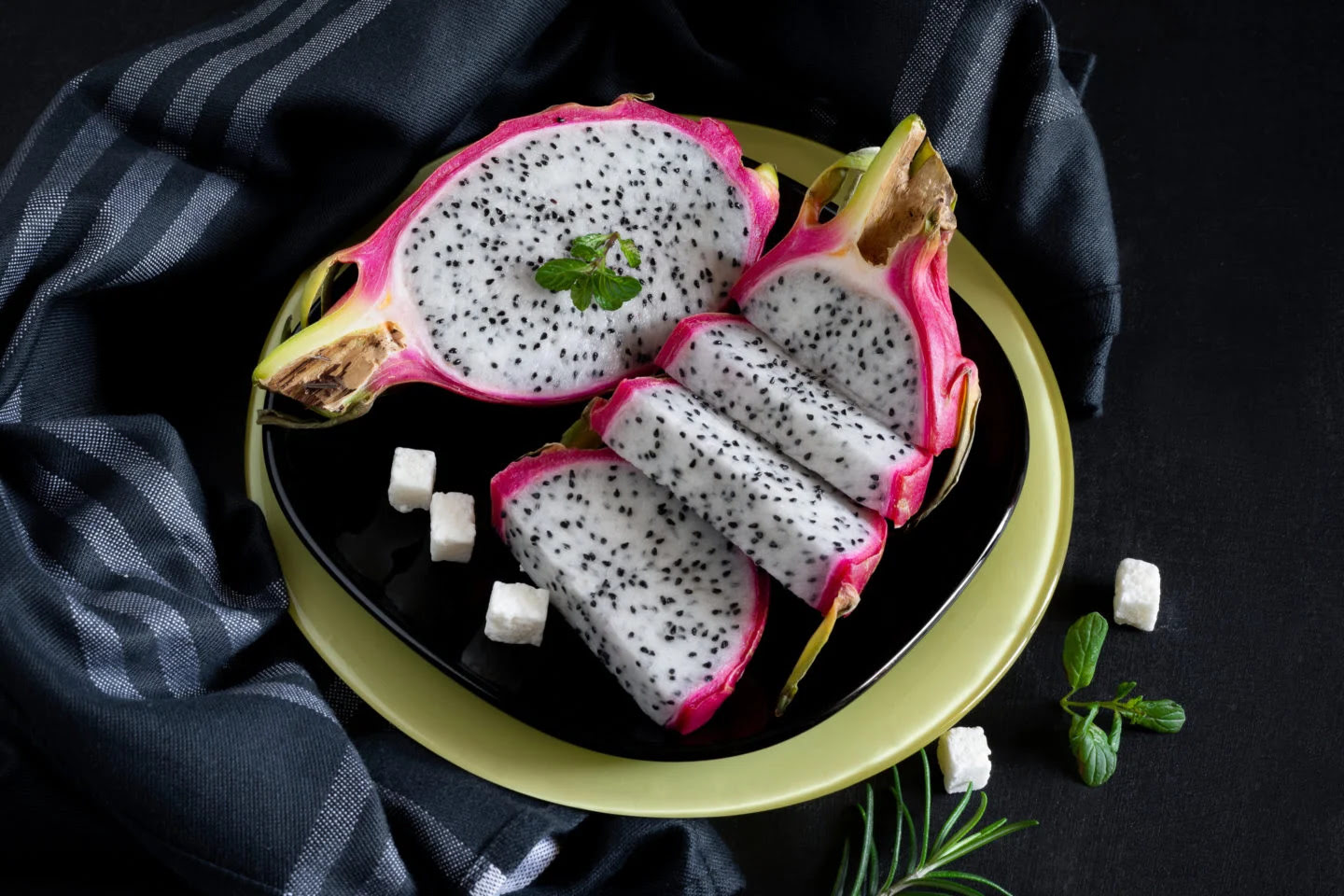
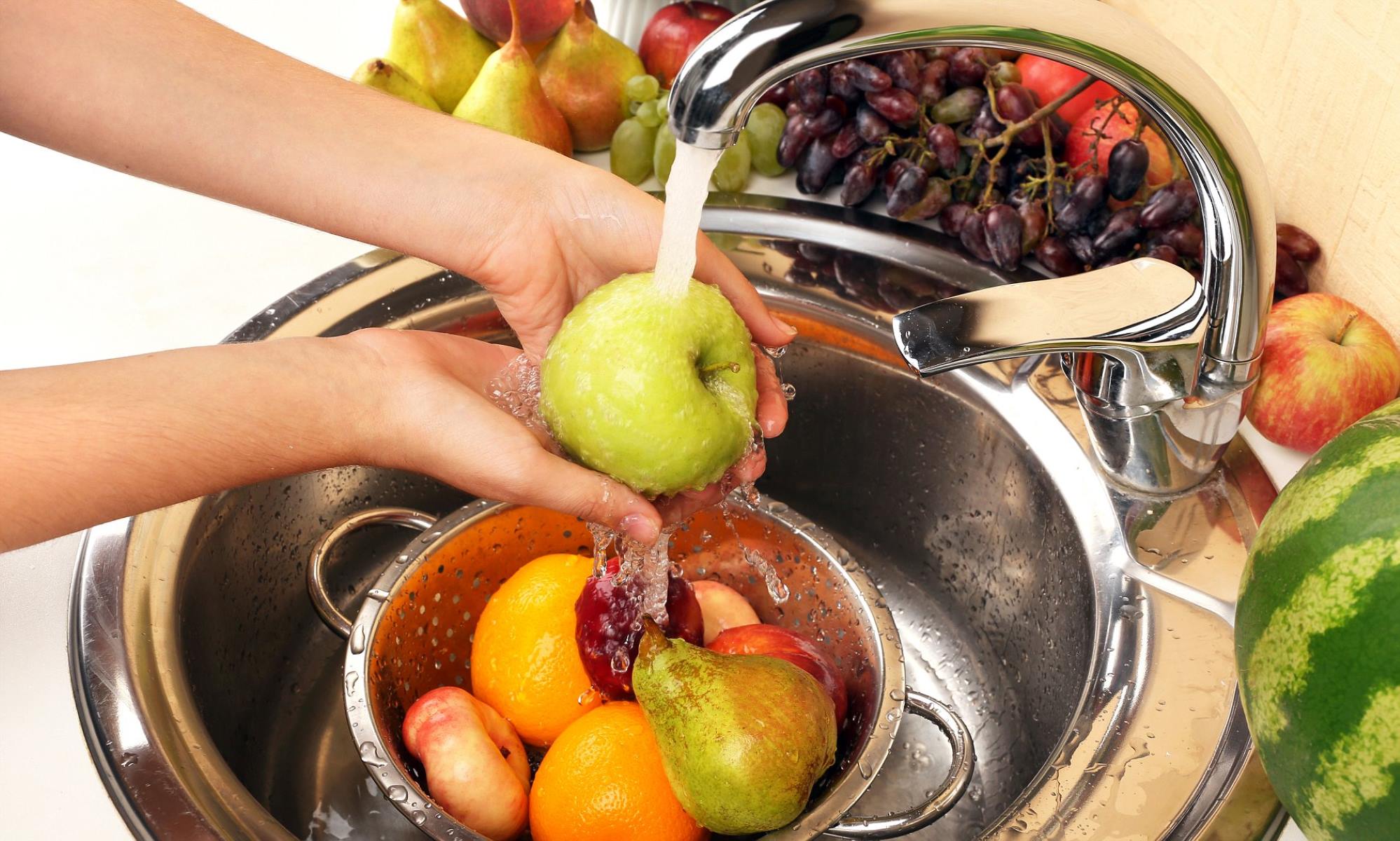
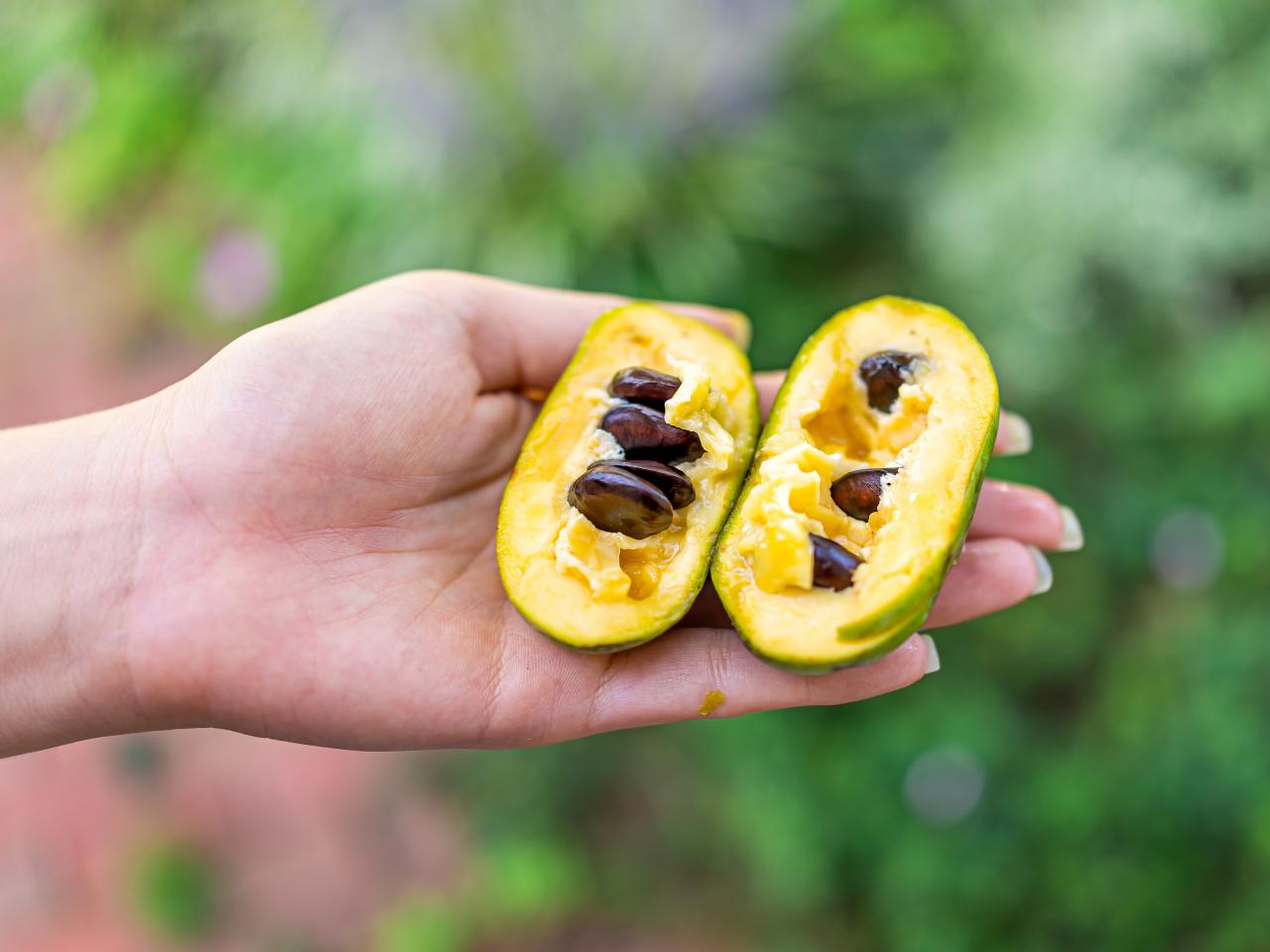
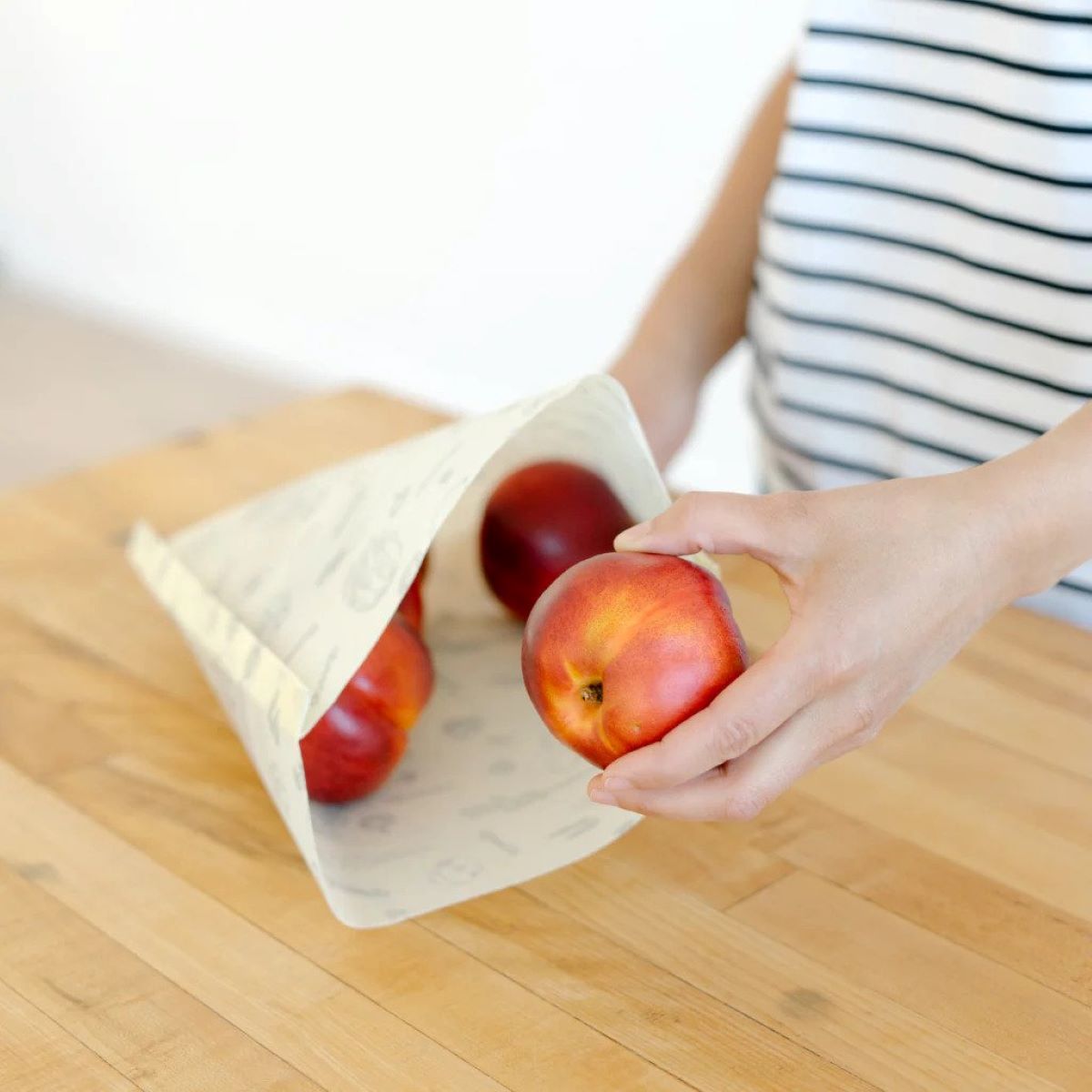
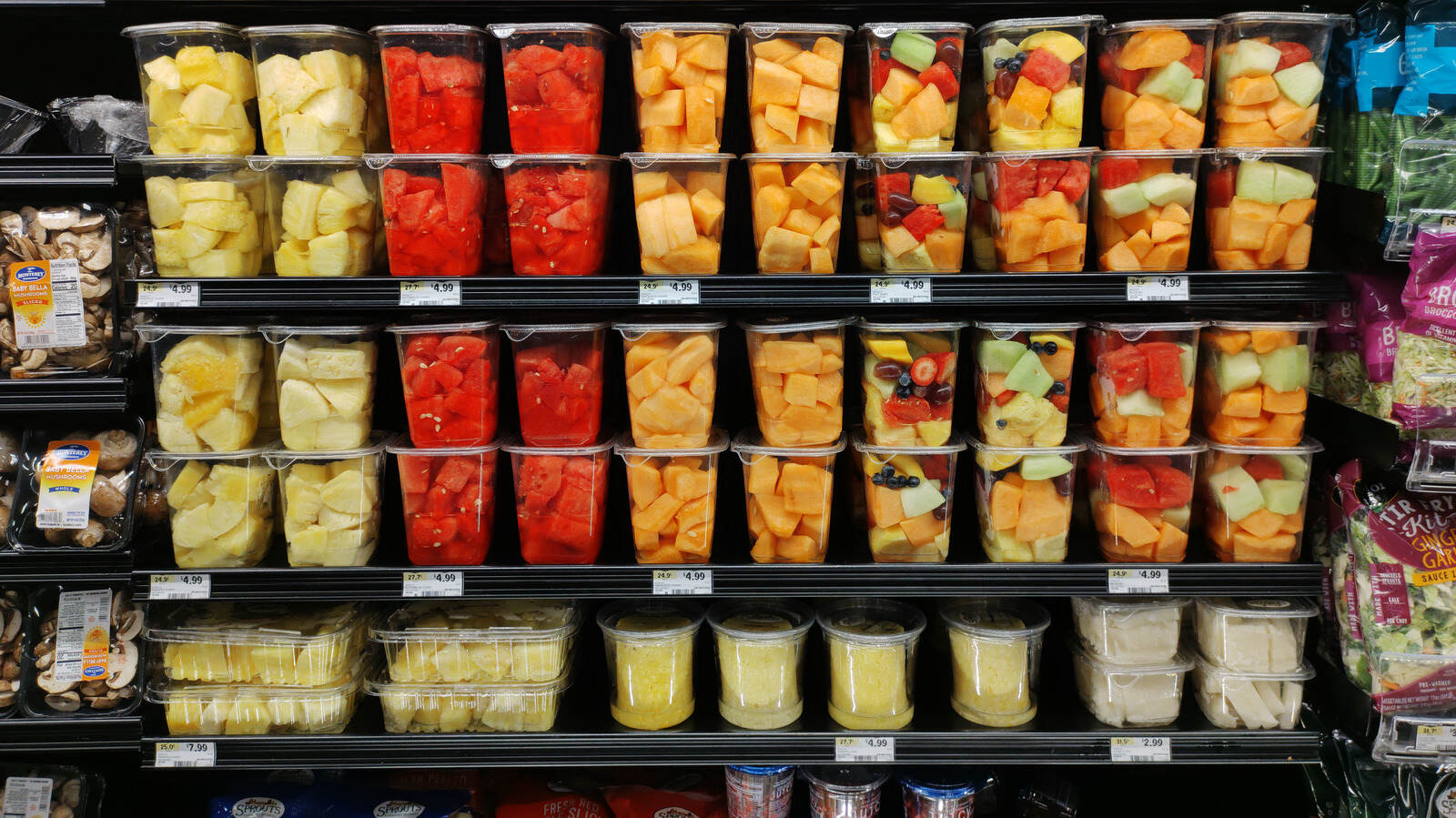
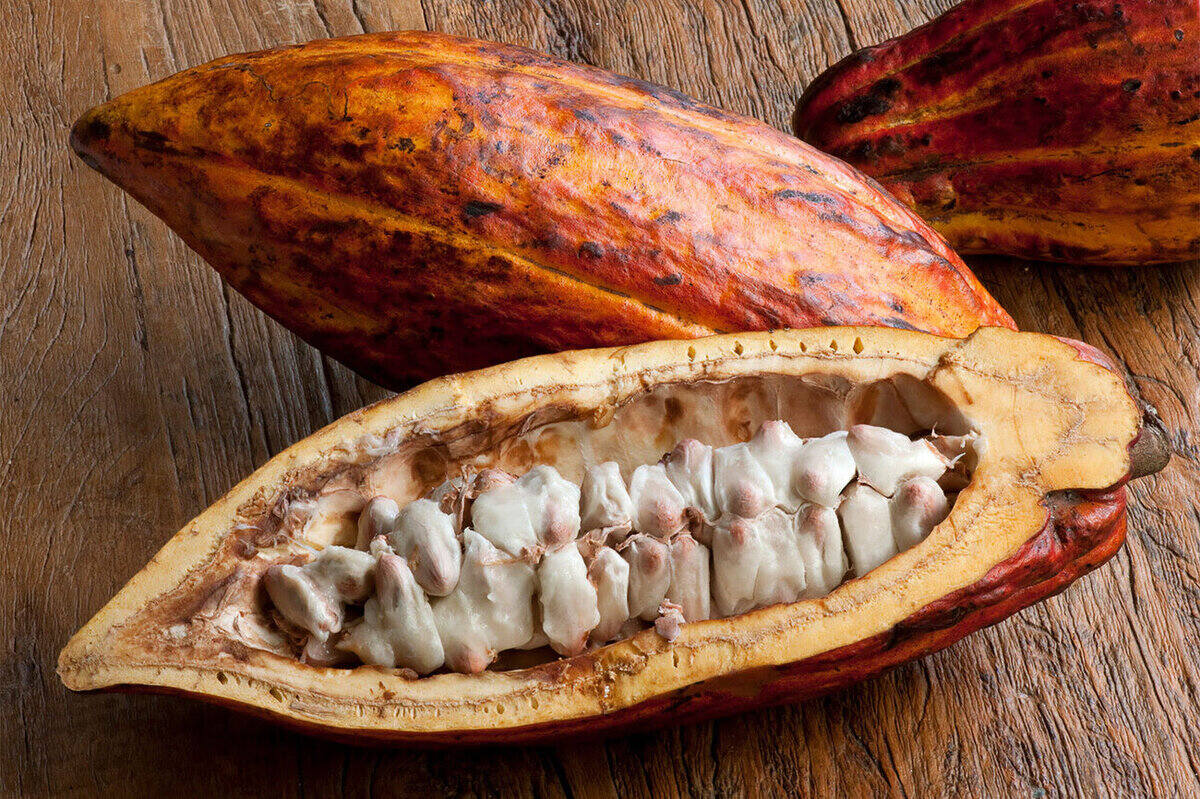
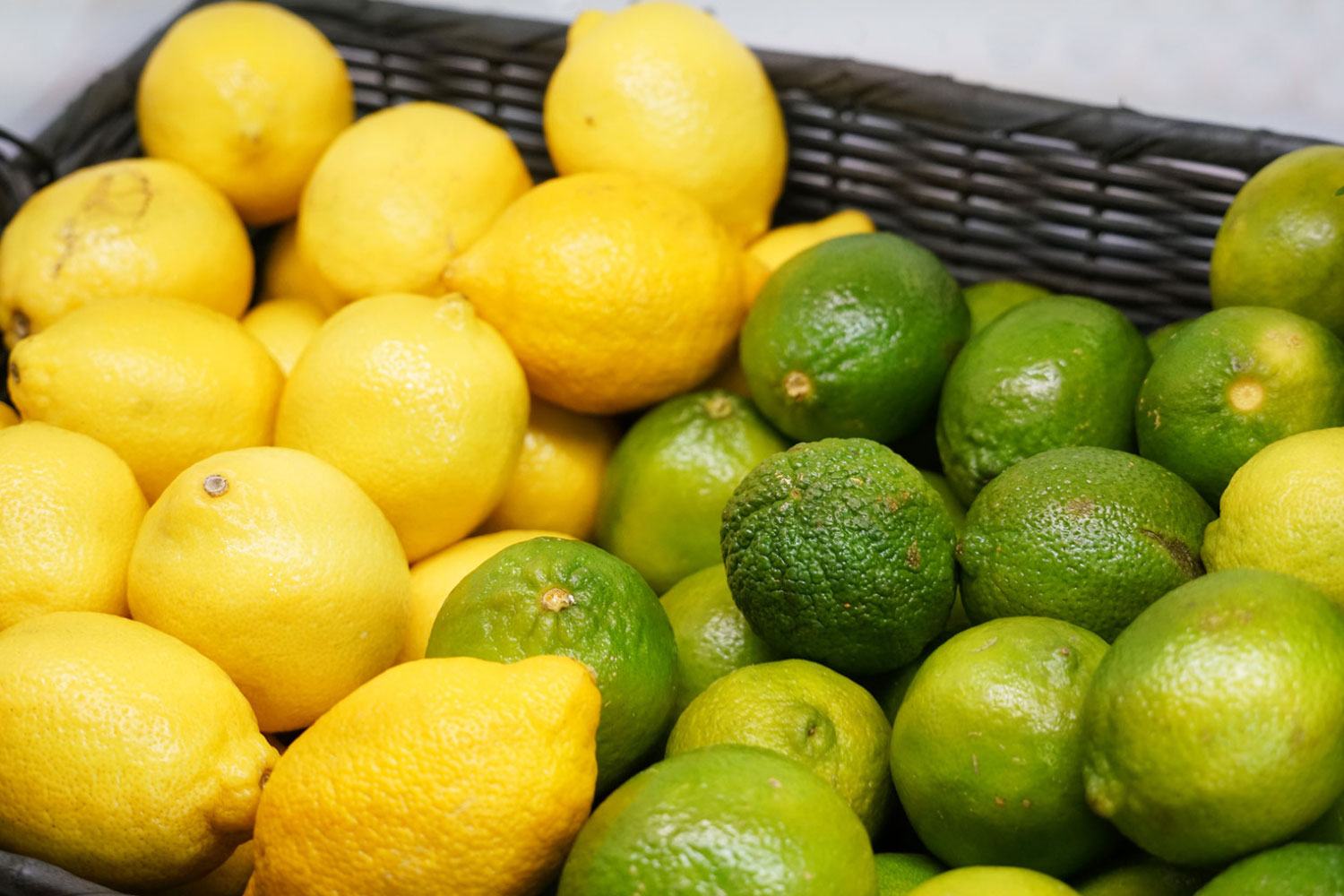
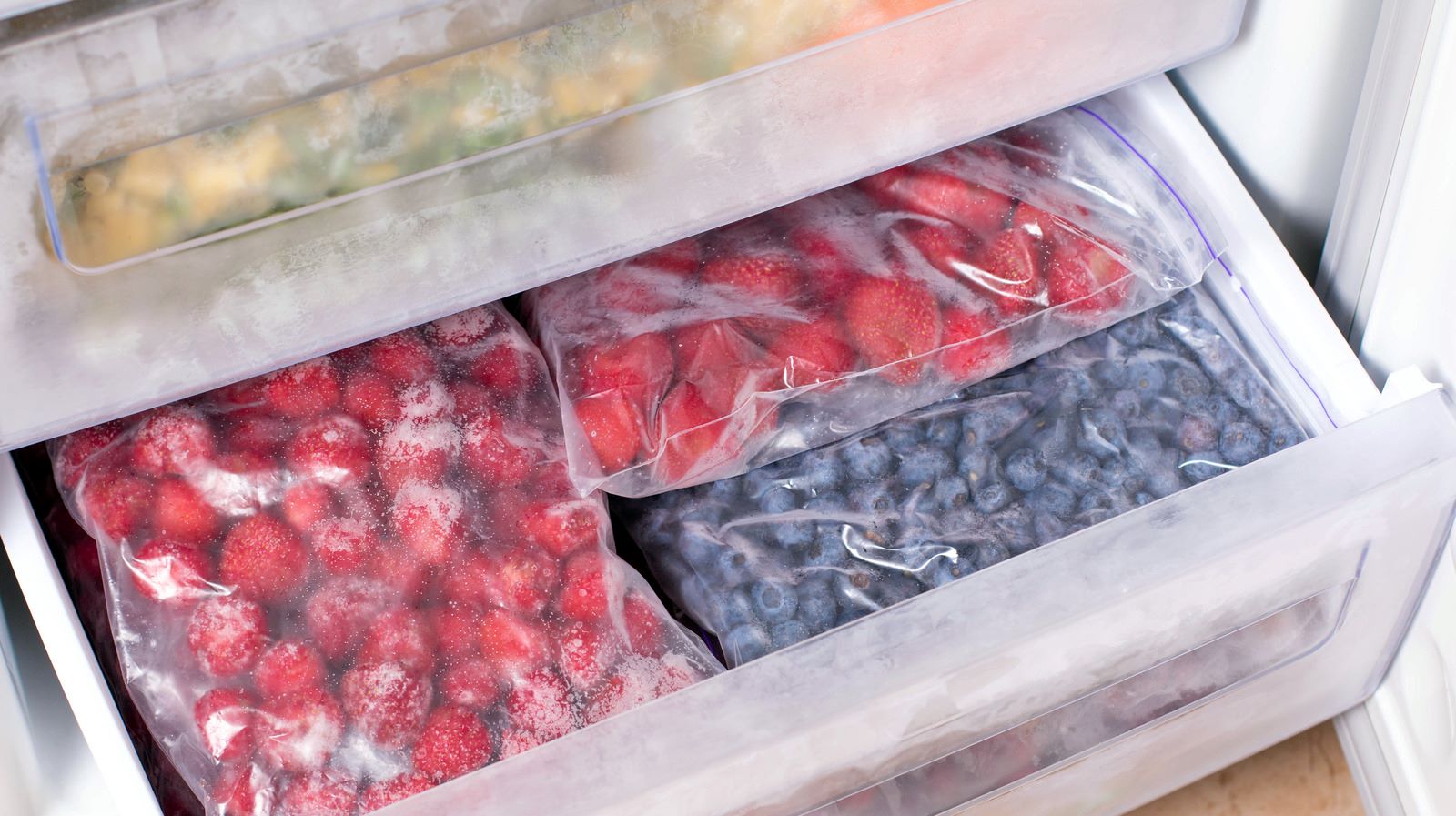
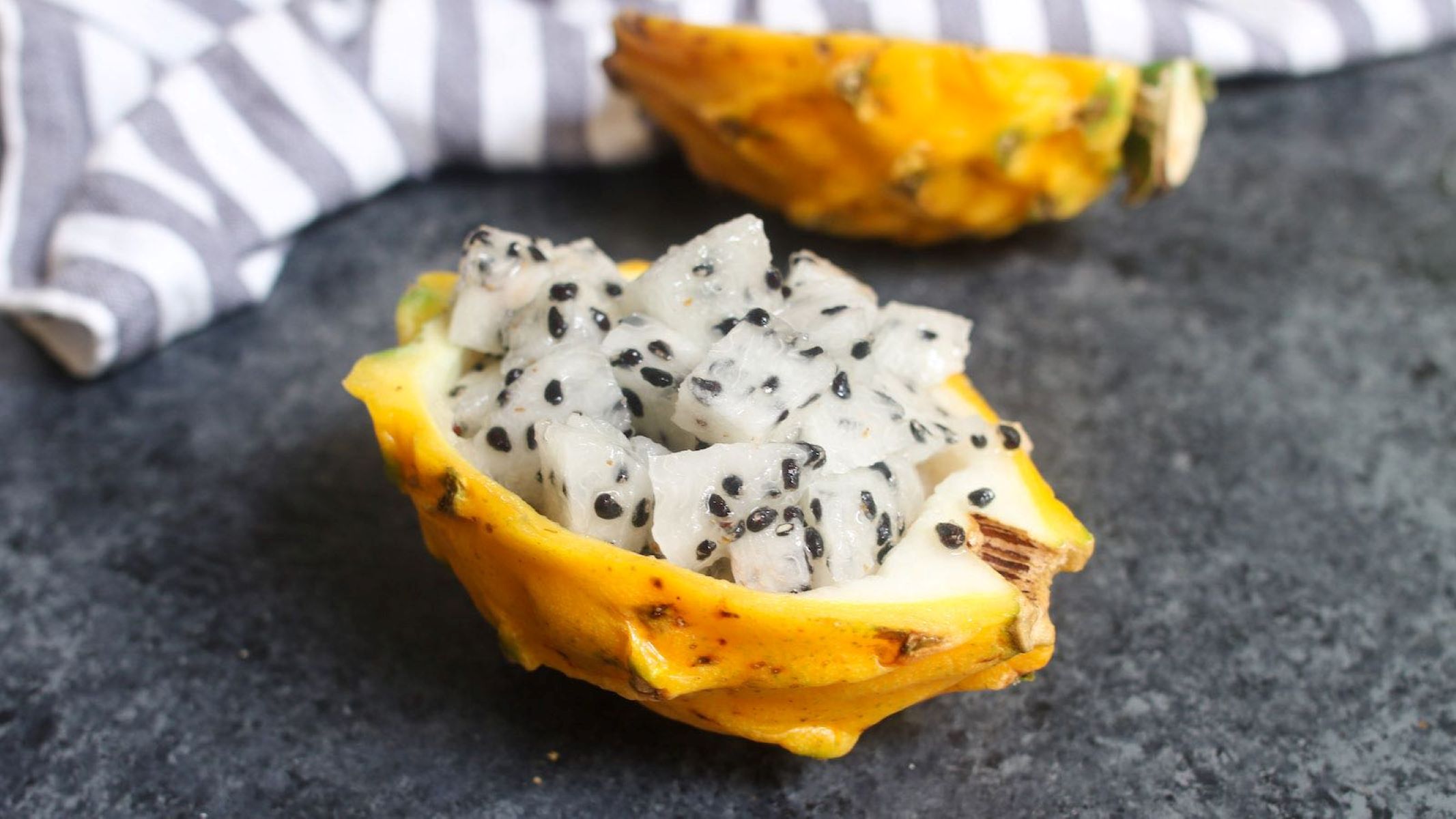
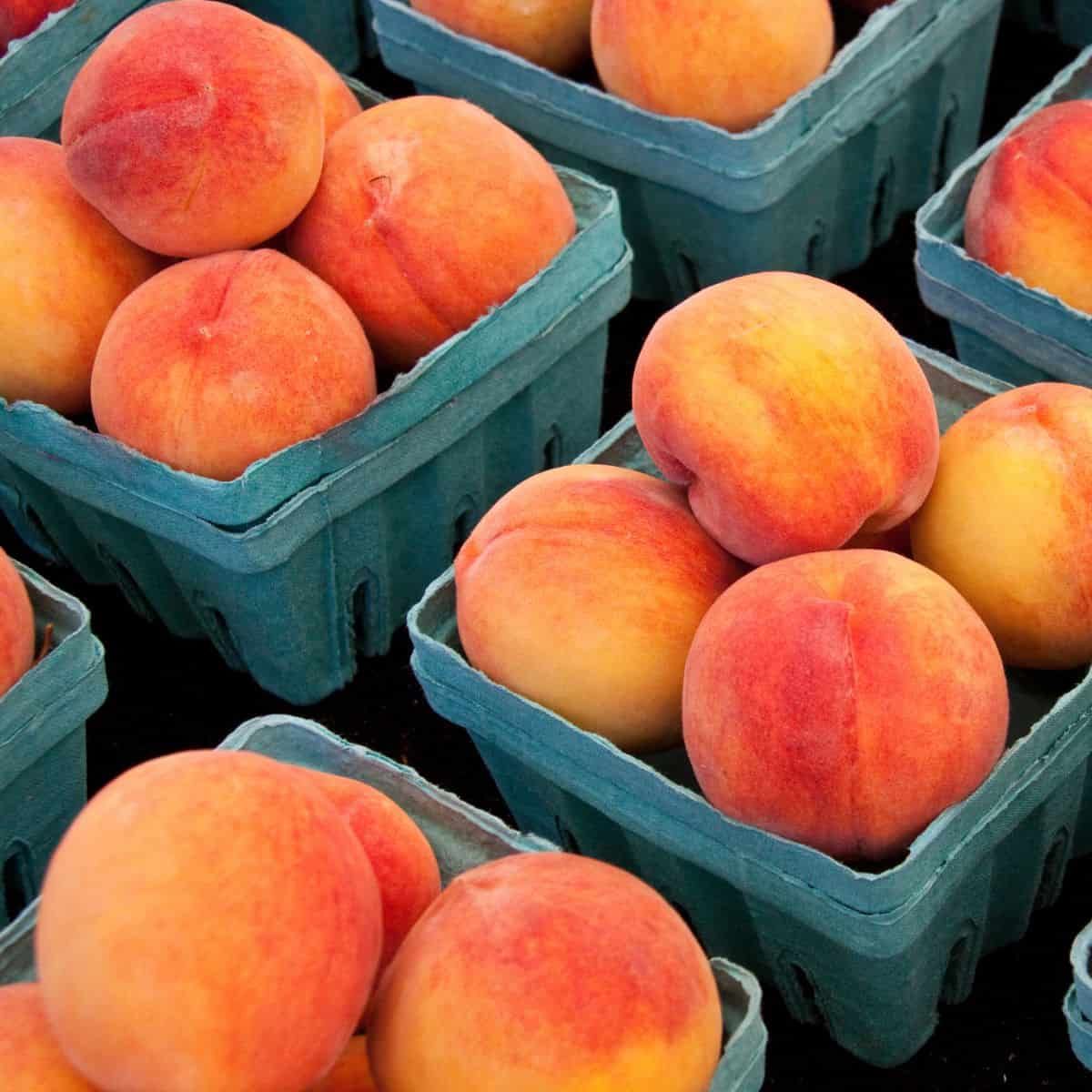
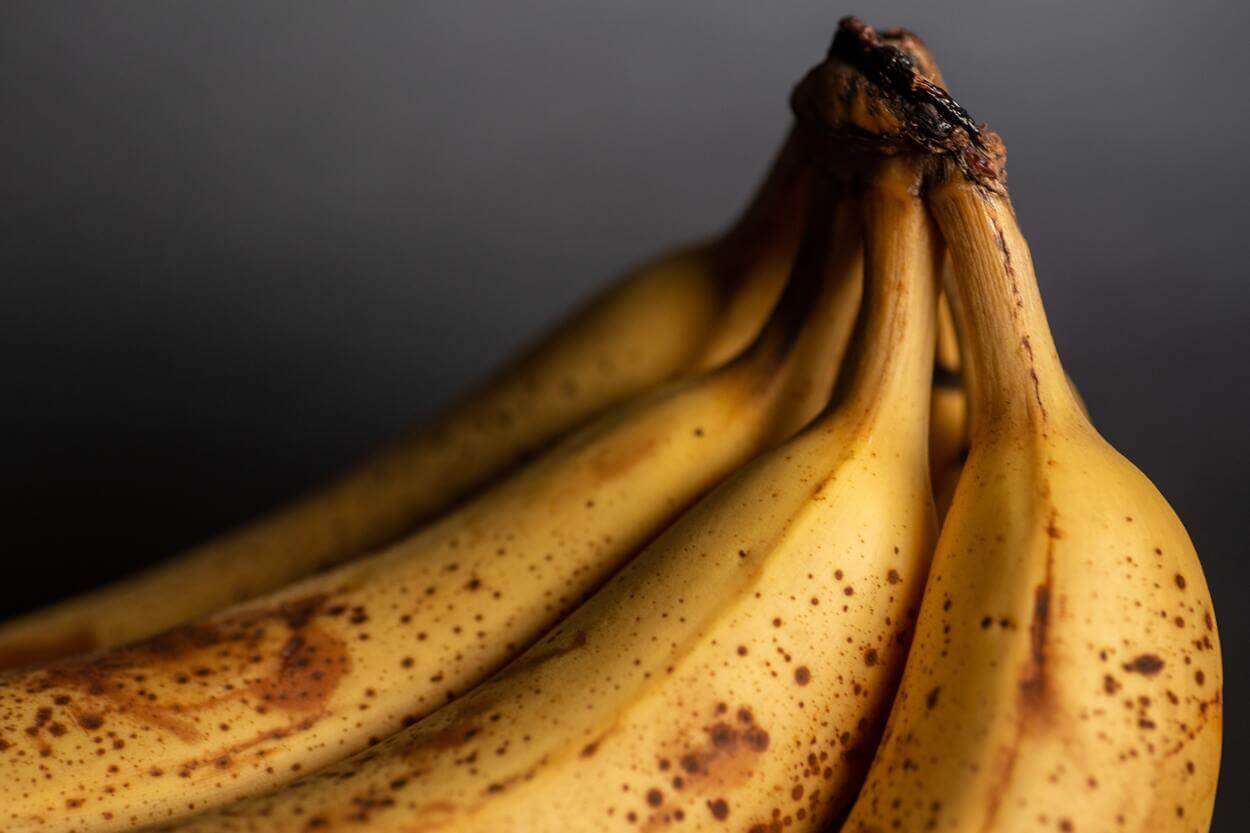
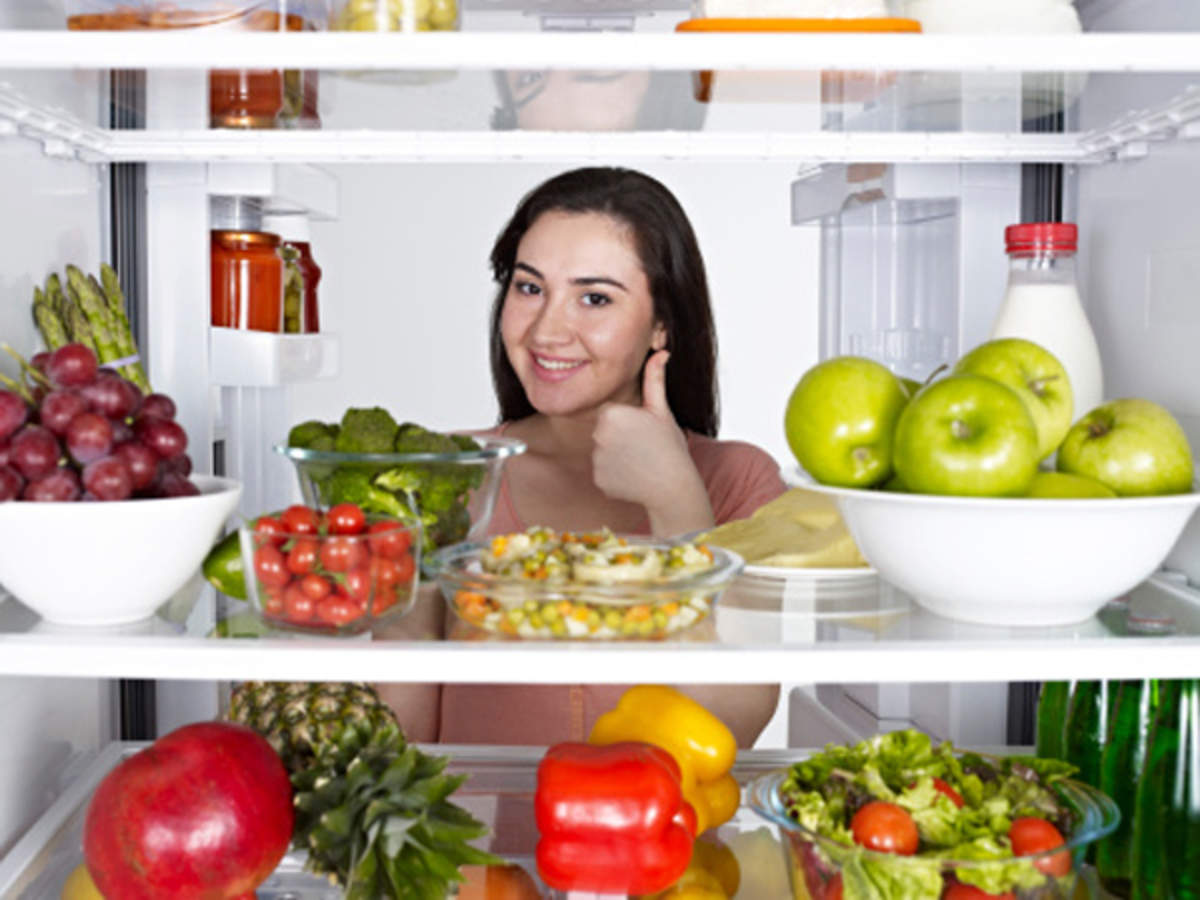
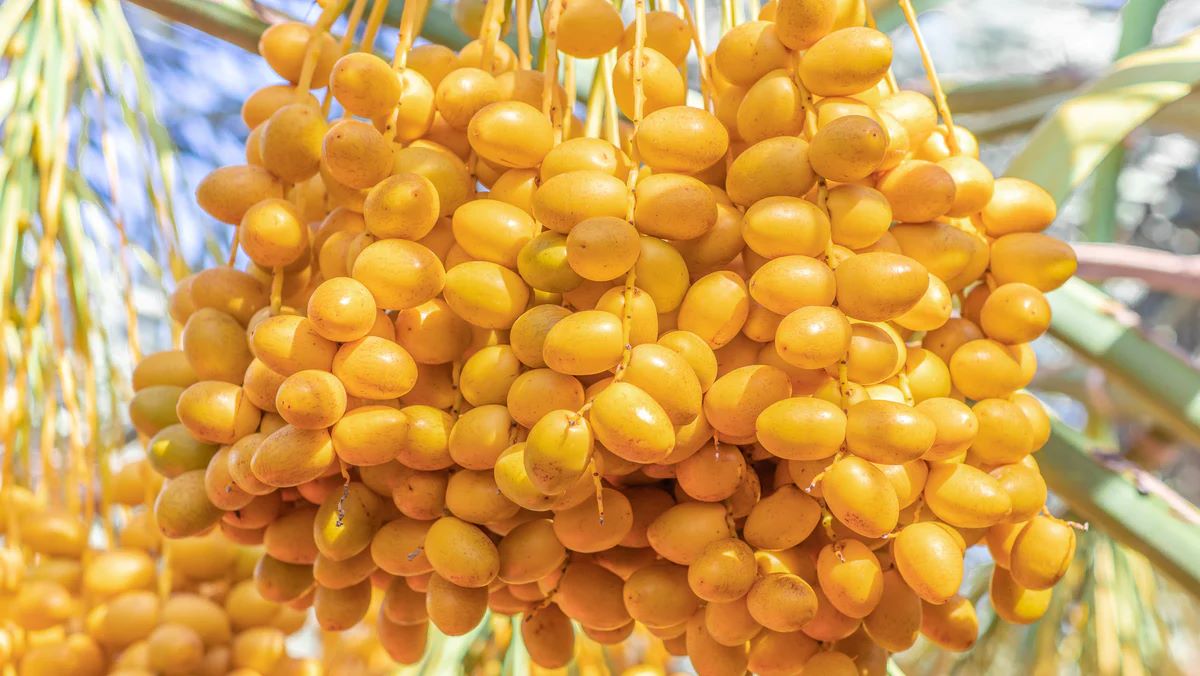

0 thoughts on “How To Store Fruits And Vegetables”